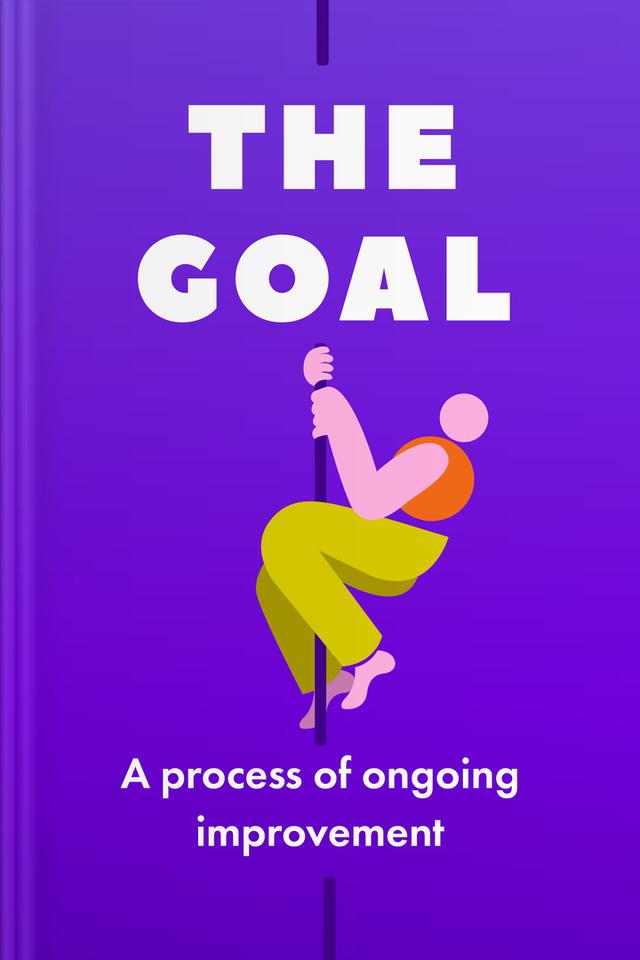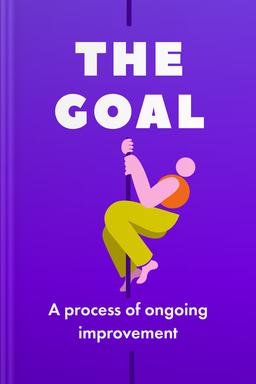You’ll learn
- How to spot and leverage bottlenecks
- Ways to cut downtime effectively
- Why clear communication is crucial
- How Socratic questions resolve conflicts
russia has launched a full-scale war in Ukraine. Donate to support Ukraine and protect the world’s peace.

first KEY POINT
Management describes planning, organizing, leading, motivating, and controlling the resources of an organization to reach its goals efficiently and effectively. It entails the careful orchestration of the many parts of an organization to achieve an endpoint.
Management isn't only applicable in firms or corporations; it is essential in just about every organization. There are examples of organizations in every sphere of life. Organization refers to a collection of people who are involved in pursuing defined objectives. It can also be referred to as the second most crucial managerial function that coordinates employees' work, procures resources, and combines the two to pursue the company's goals.
A manager is an individual that is responsible for the supervision and motivation of a firm’s employees. They are also in charge of directing the running and progress of an organization. A good manager makes it his duty to adequately handle the organization's affairs to maximize output and profit at the same time. If a manager cannot properly “manage” his resources: human, financial, etc., he is sure to fail and will get replaced.Some managers struggle with finding the proper techniques to apply to break even, but Eliyahu Goldratt has a solution in this educative and captivating piece of literature. He outlines what causes businesses to experience hard times and how to handle them when they arise. The goal of management is to maximize profit while making sure the resources are safe. If you want to be a good manager, this is the tidbit for you.
second KEY POINT
When it comes to running a business, there may be certain limitations one might encounter. These constraints hamper productivity and cause the company to lose money instead of making a profit. The goal is to identify them and find solutions to them while maximizing output and profit.

Continue reading with Headway app
Continue readingfirst KEY POINT
second KEY POINT
third KEY POINT
fourth KEY POINT
fifth KEY POINT
sixth KEY POINT